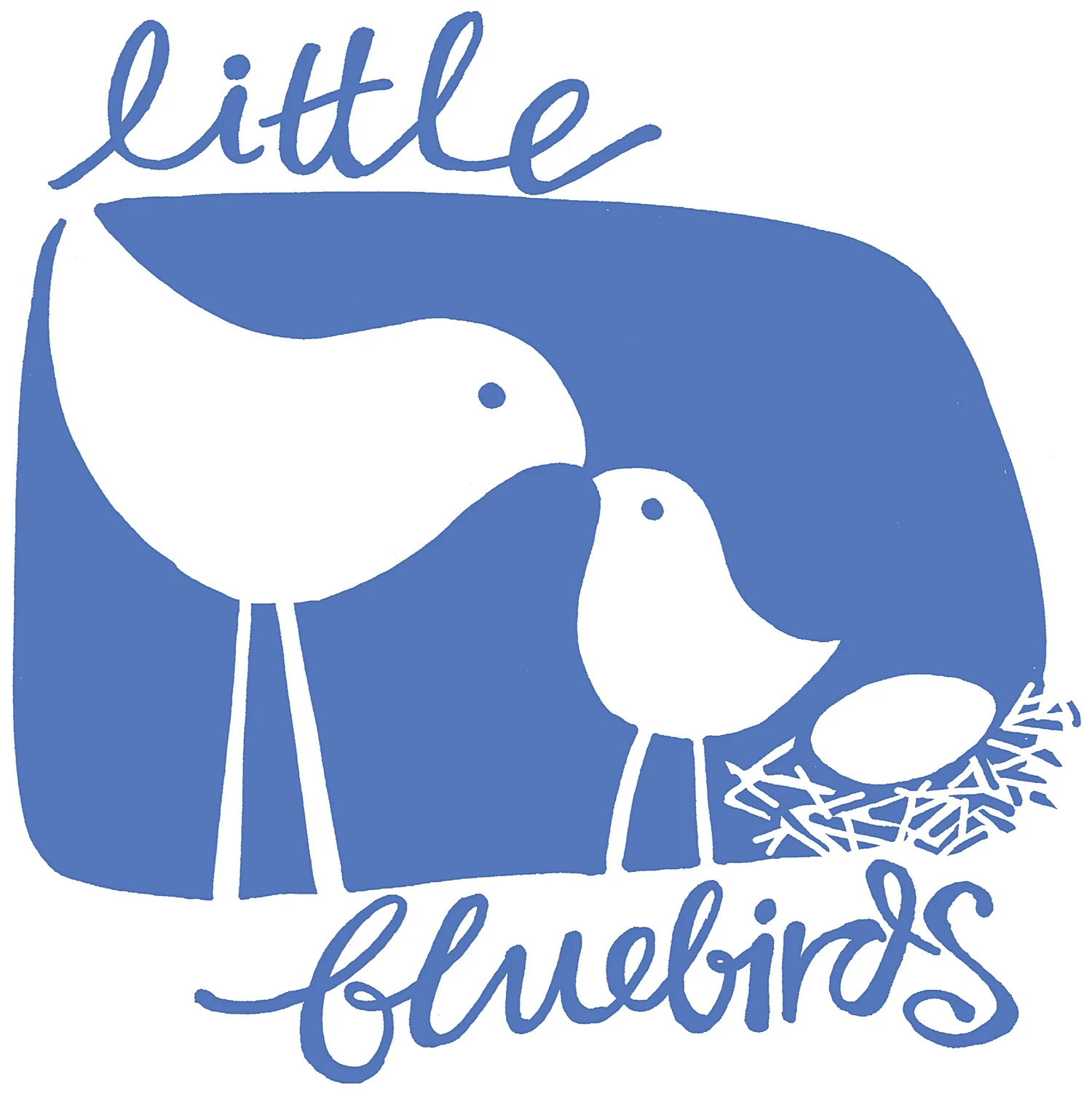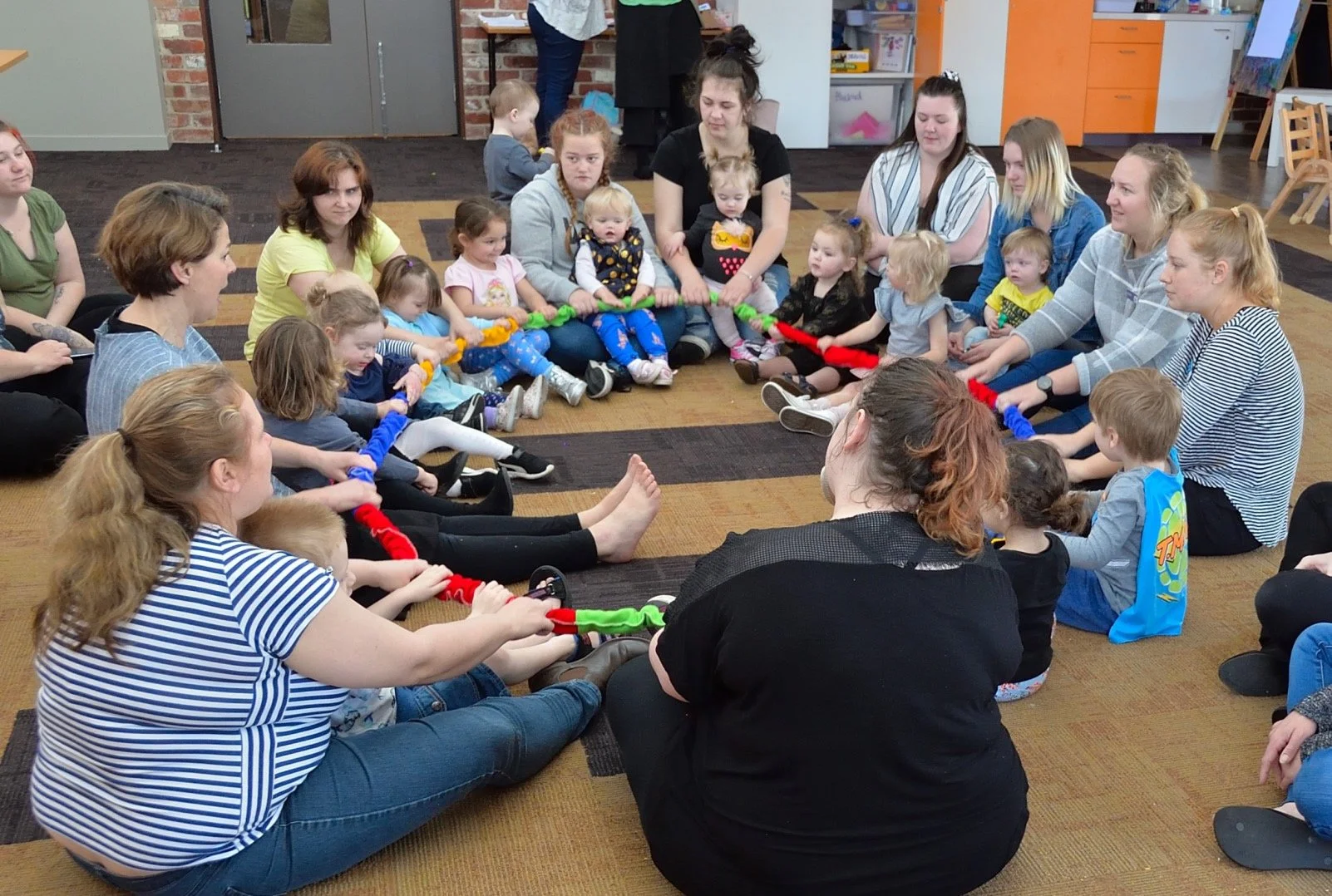Climbing Trees
Many parents I have spoken with over the years are afraid of their kids climbing trees because it is “too dangerous”. I think the opposite is true! Parents should encourage their kids to climb trees…but how to do this in a way that maximises benefit and limits the risk? Read on…
Maybe it starts with simply playing under a tree
BENEFIT VS RISK
We all value keeping our kids safe. But what does this actually mean? It’s more complicated than just avoiding all risk as children need to build resilience as they grow. There is a wealth of evidence to support children learning to manage risk, and that risk avoidance can be harmful to developing confidence and skill. If parents always manage challenges for their children, then how will these kids build their ability to manage for themselves? On the opposite side is worry and fear about dangers, which can often be very valid. A child could be hurt if they fall out of a tree. How do we find our balance with this as a parent or a carer of young children?
1. Start where you are
It would be unreasonable to plonk a child in a tree if they are NOT developmentally ready to manage the physical movements and the decision-making required to keep themselves safe. So begin with what is reasonable. Start with stepping up onto a trunk, or sitting in the fork of a tree. Start with holding your child in a tree, or letting them hold on to a branch like a sloth or a koala. Start with hugging the tree with feet on the ground. Start by having a picnic in the shade of the tree. ANY contact with trees will be beneficial! Take the opportunities that present to you. There are some amazing trees around, with very low branches…perfect for tree-climbing beginners.
A beautiful beginner’s tree
2. Build skill as you go
Maybe your child needs to stay low to the ground for a while, or to boldly climb high! There is no right way to do this tree-climbing thing. Find trees that are favourites, that your child can manage well and that you feel comfortable with. Start simple and small and build up to greater challenges.
3. What you say and do matters
As a parent/carer of a child, you are part of their learning. If you feel really uncomfortable about your child climbing, check-in with these feelings to see what they’re about.
Try using language that focuses on your child’s strengths and abilities. Avoid the commonly used “be careful” as it focuses on what could go wrong. Instead ask “do you feel OK?” or “do you feel comfortable?” or “where are your hands?” or “where are your feet?” or “can you see a good spot to go next?”. “Does the branch you are on feel sturdy?” “Is the next branch strong enough to hold you?”. If they do need help to get down, encourage them with your words and assist them to feel confident and find solutions. This does require trust, so take it one step at a time.
If you truly feel uncomfortable about their height in the tree or their ability to manage the tree climb, you could start with a rule that they need to be where you can reach them, or that they can only climb a tree that they can get themselves up into. If you’re deeply uncomfortable in a moment and you feel that your child is in immediate danger, it is OK to calmly get your child out of the space, take a deep breath and return another time.
If your focus is on building their skill, their confidence and their capacity, then check the words that you are using. Often parents find that they’re using the same language used on them when they were a child! This language doesn’t always suit our own children or parenting/caring values now. If you find that the language and words you are using don’t match your intentions, then you can always choose new language to use. Play around until you feel comfortable.
Finally
Parenting is challenging. Facilitating a safe space for your children to learn, grow, explore and build their skills involves risk (being safe involves risk???!!!). Some kids are well ahead of their parents/carers in their comfort around these risks. For other families the opposite is true, parents/carers are ready to go and yet their child is cautious! You or your child may have physical reasons for keeping your child lower in a tree, so modify or adapt your family’s rules to suit. Wherever you are in your family’s journey with tree-climbing, keep going, trust yourself and your child and I hope you have a lot of fun along the way.
Lastly, it is very easy for another adult to say that the risk is fine, that kids are fine and to just trust your kids. In reality it is rarely this simple! Over time and with repeated experiences, your child can build their skills at climbing and you can build your skill at parenting/caring. If this is slow and steady, fast and furious, or somewhere in between…there will always be an opportunity to learn and fun to be had. Good luck.
The tiny and vague pink dot at the very top of this tree is an 8 year old!










